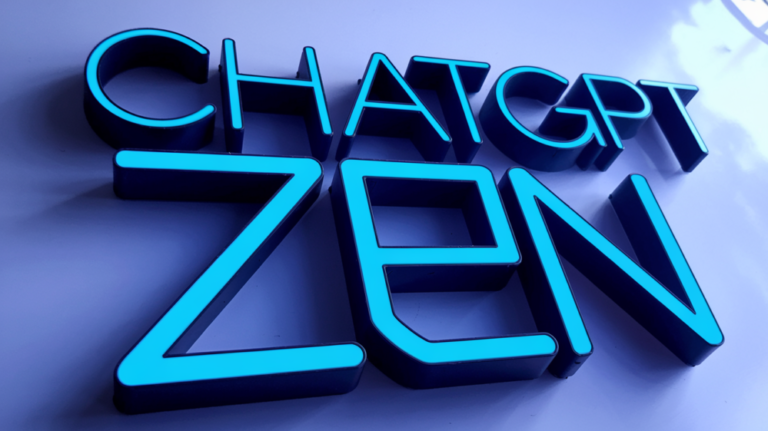ChatGPT and BART are two popular language models used in natural language processing (NLP) and machine learning (ML) applications. Both models are based on the transformer architecture and are pre-trained on large amounts of text data.
ChatGPT, developed by OpenAI, is a language model trained on a massive corpus of text from the internet. It is known for its ability to generate coherent and contextually relevant responses in text-based conversational settings, such as chatbots and virtual assistants.
On the other hand, BART (Bidirectional and Auto-regressive Transformer) is a transformer-based language model developed by Facebook AI. It is designed to handle various NLP tasks, including text summarization, question answering, and text classification.
While both models share similar architecture and training techniques, they differ in their specific design and intended use cases. ChatGPT is designed primarily for generating human-like text responses in a conversational setting, while BART is intended for more diverse NLP tasks.
When comparing ChatGPT vs BART, it's important to consider their strengths and weaknesses in different scenarios. For example, ChatGPT may be more effective at generating natural-sounding text in a chatbot, but BART may perform better at text summarization.
Overall, both ChatGPT and BART represent significant advancements in the field of NLP and have the potential to revolutionize how we interact with language-based technologies
ChatGPT
BART
Natural Language Processing (NLP)
Artificial Intelligence (AI)
Machine Learning (ML)
Text generation
Language modeling
Transformer models
Comparison
Advantages and disadvantages
Performance analysis
Neural networks
Deep learning.










